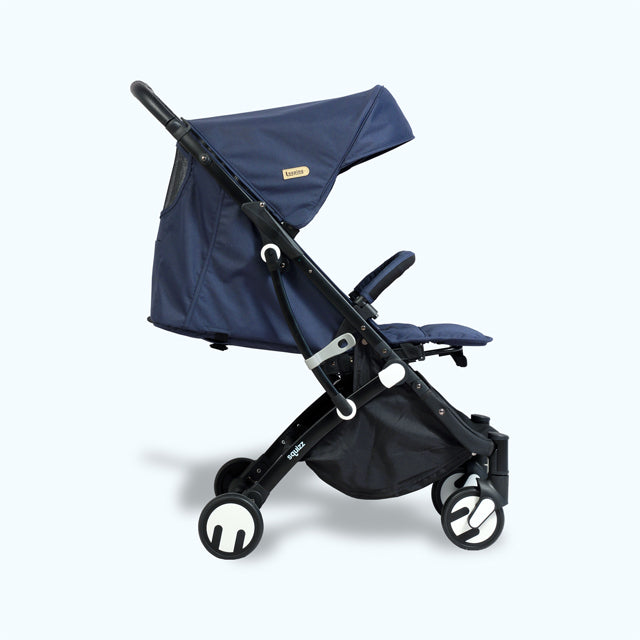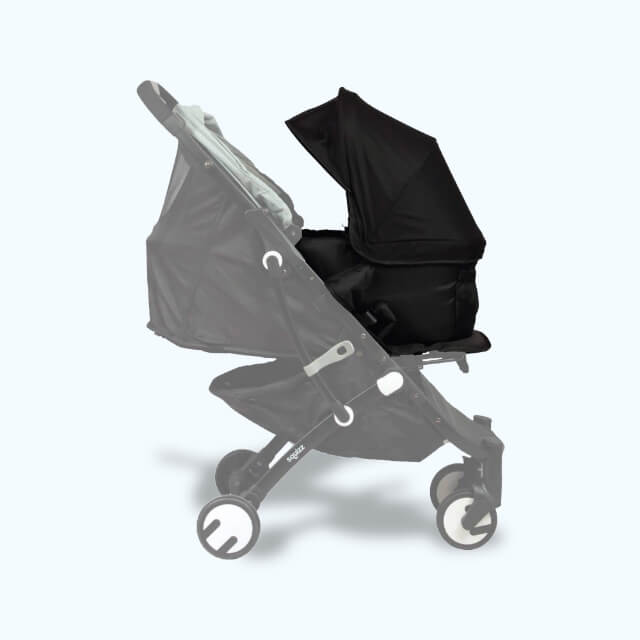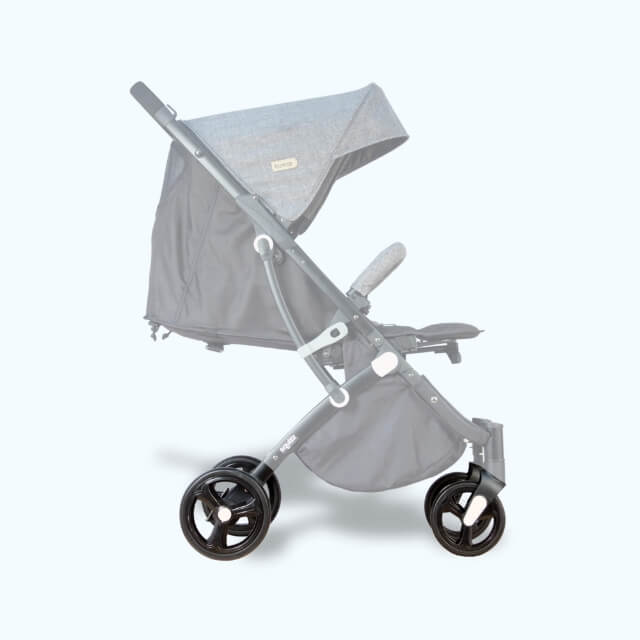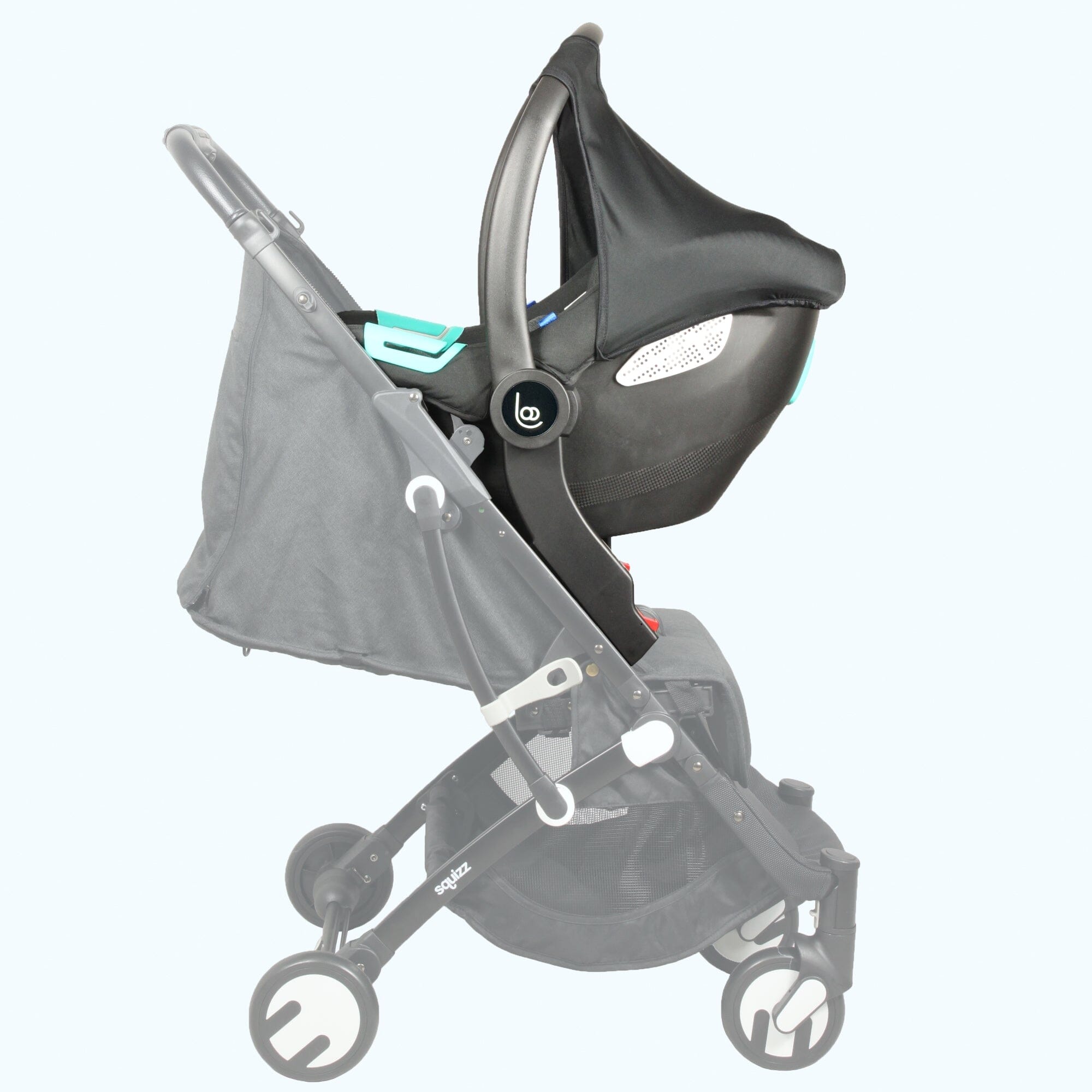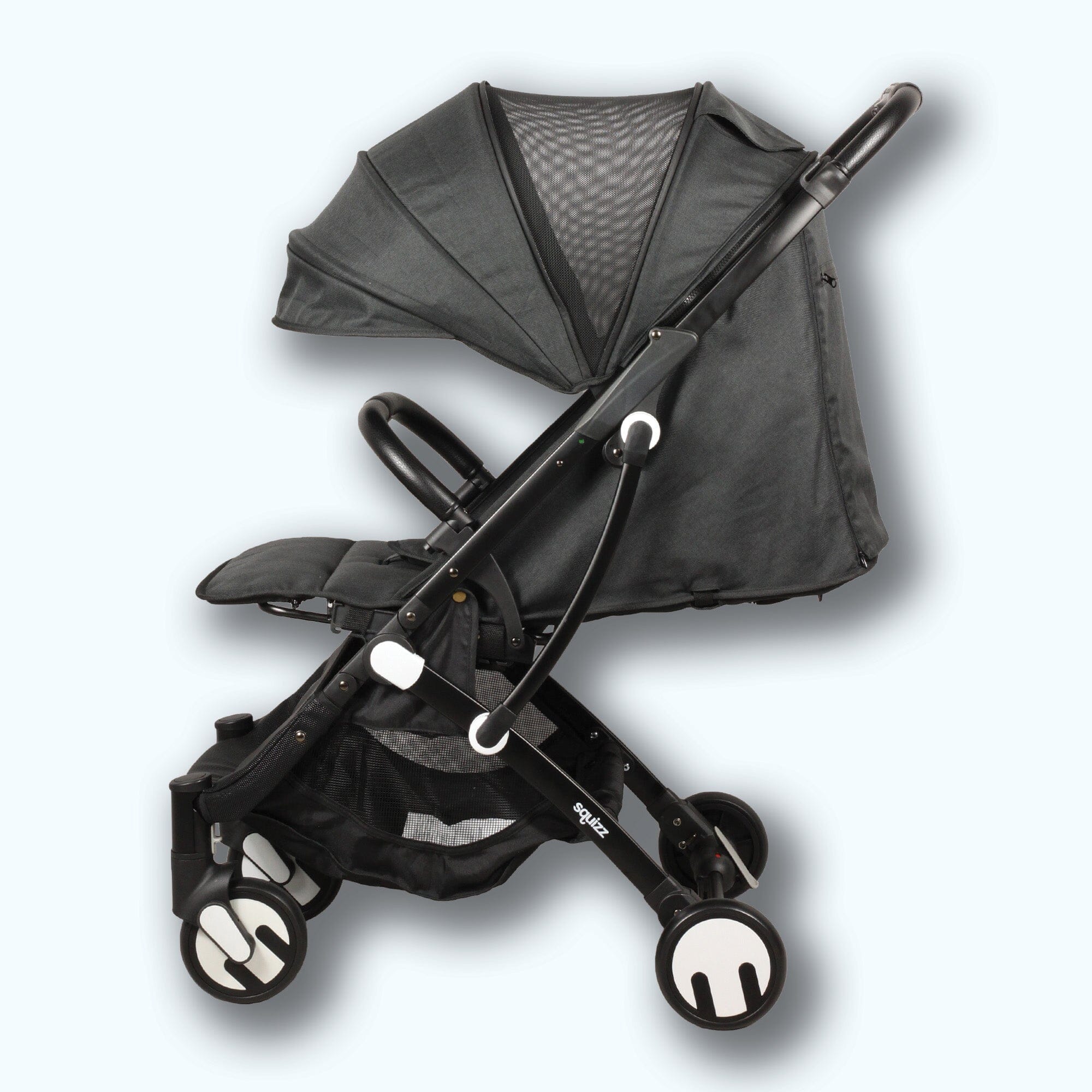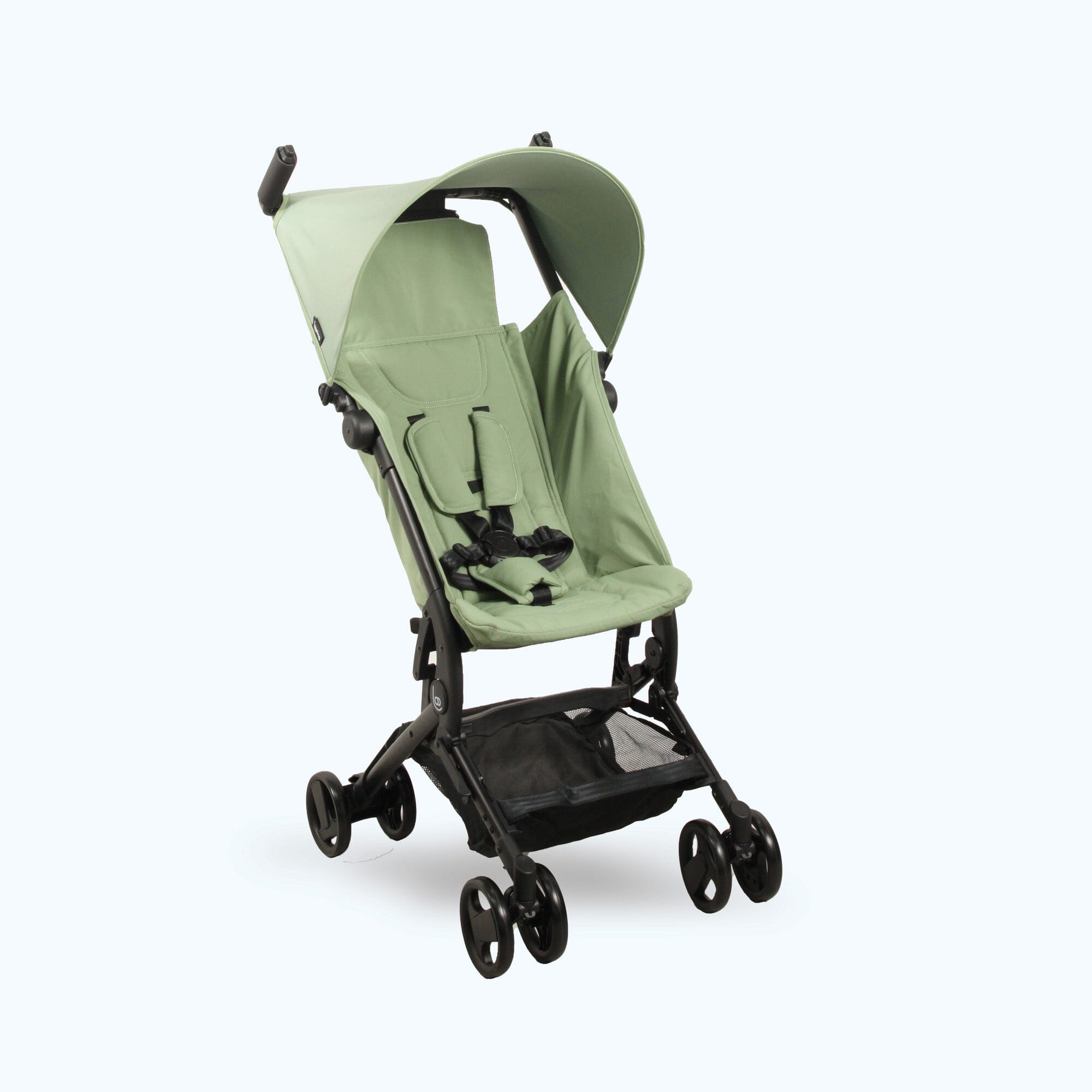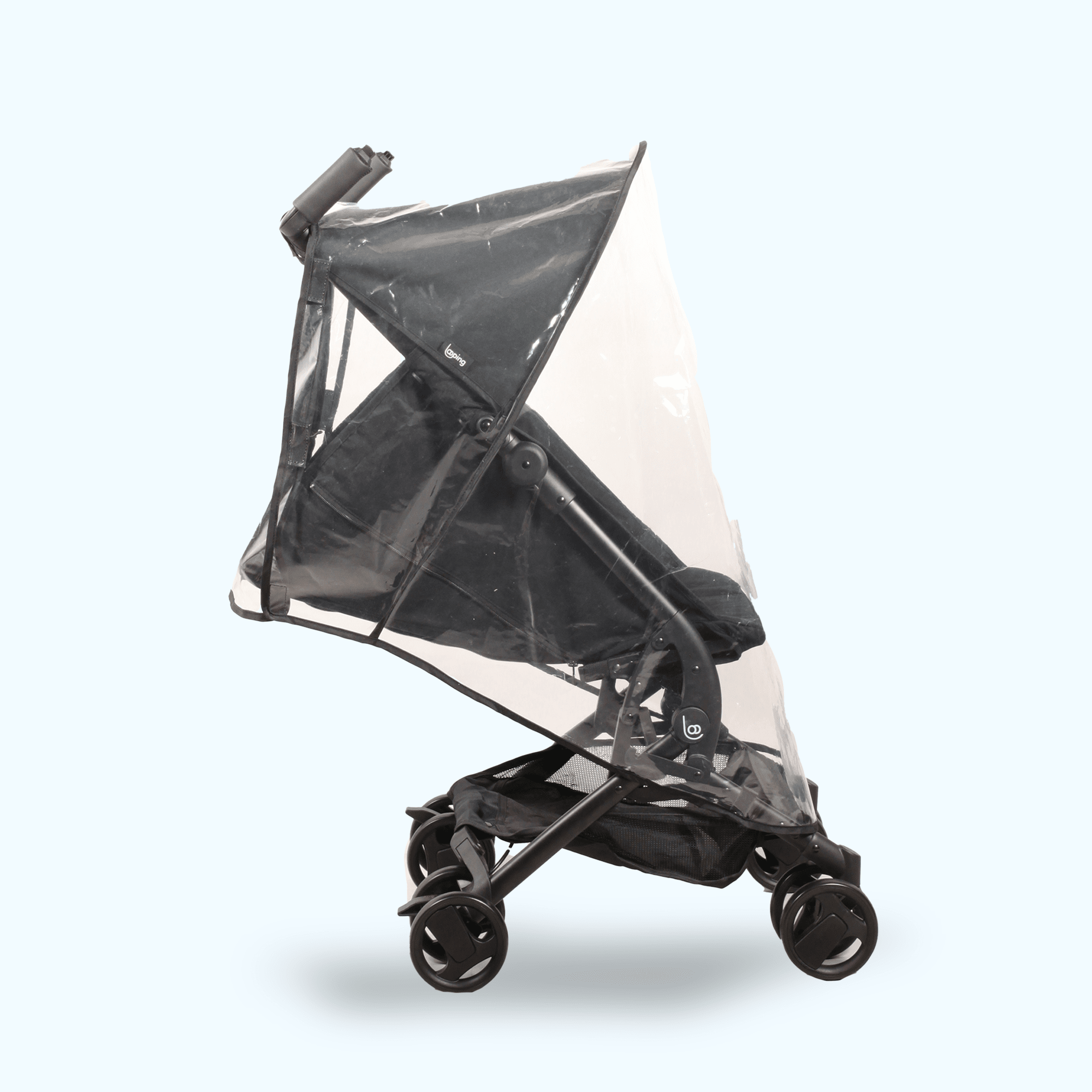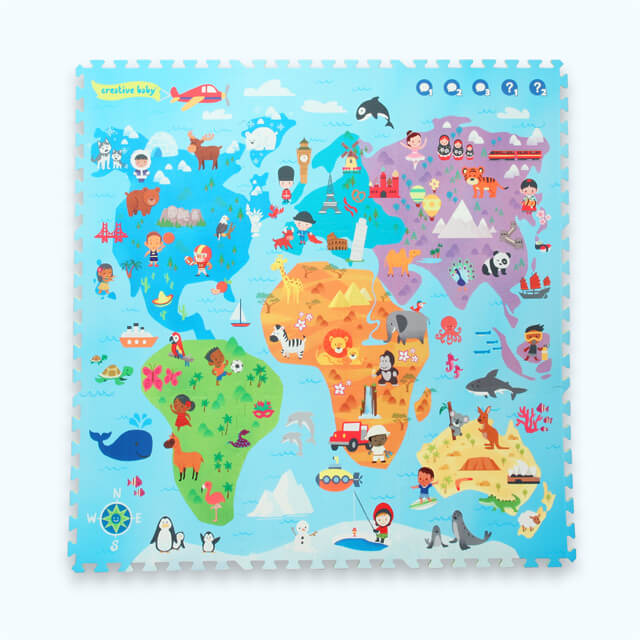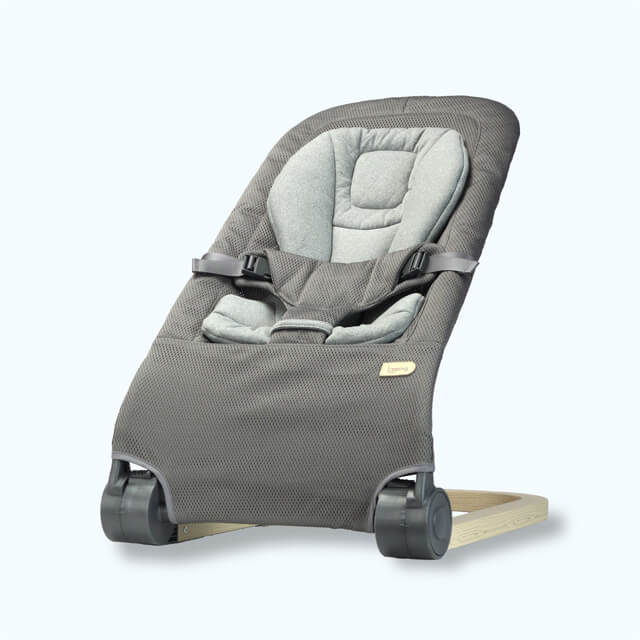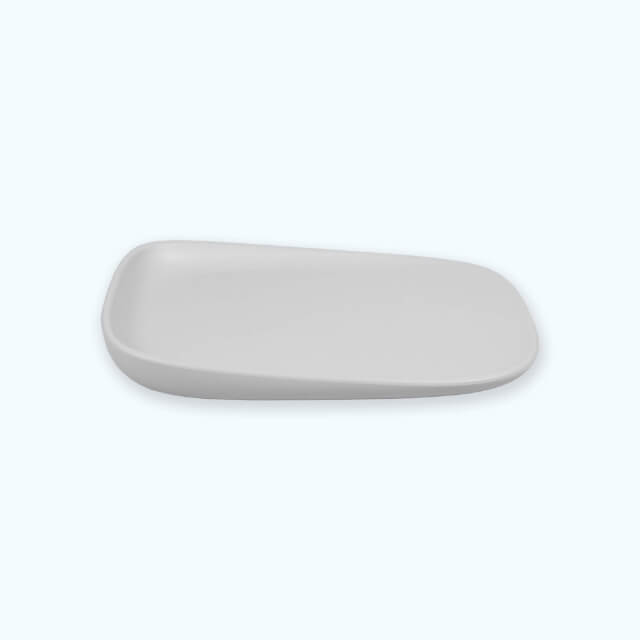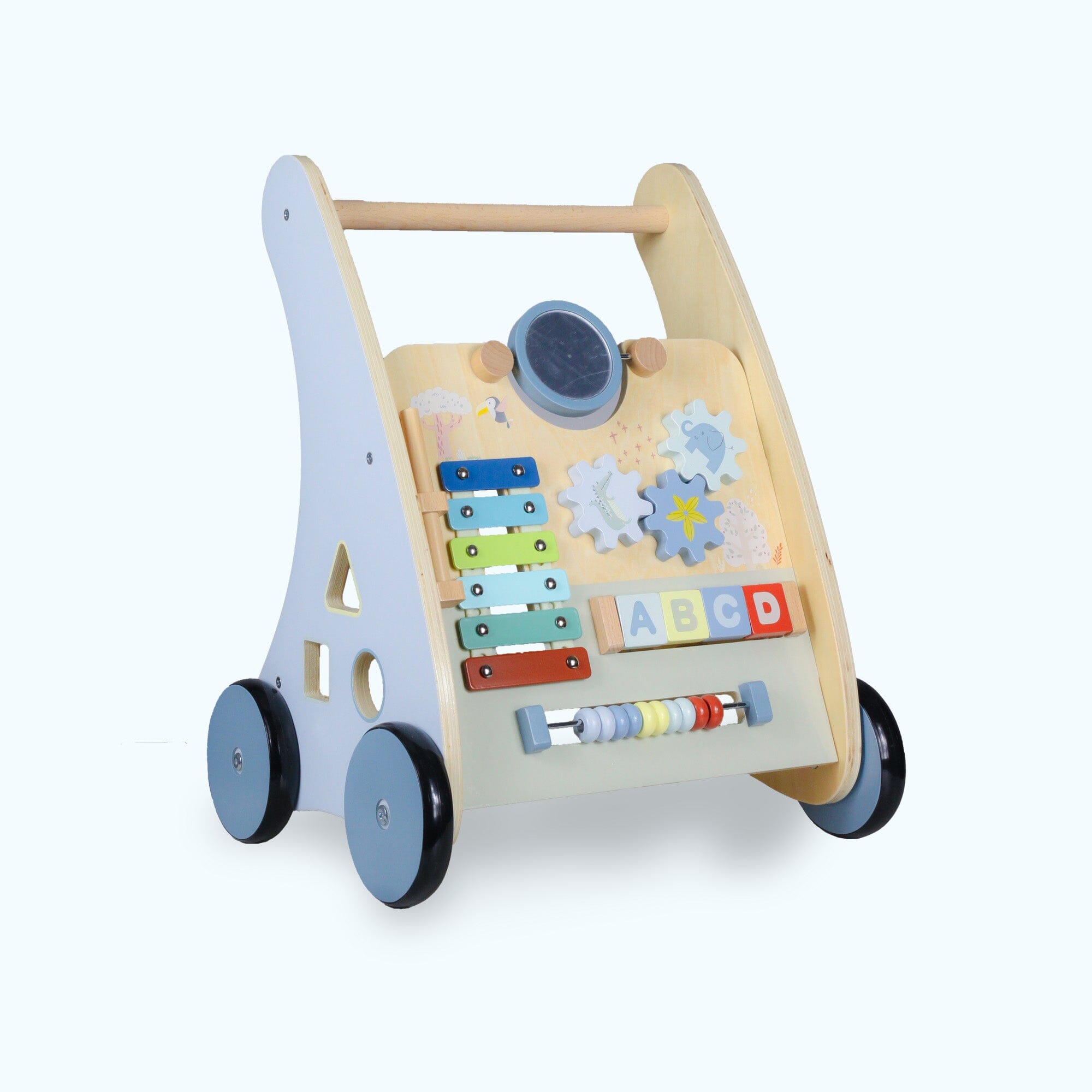As you know, becoming a mother means having the new responsibility of a very small being. So it's no longer enough just to take care of yourself, you also have to take care of this baby that you love more than anything. Caring for someone else requires knowing lots of new things that previously seemed trivial to us.
This article comes from a conversation I had with Bérengère, a gynecology student. It made me aware of the importance and impact of endocrine disruptors on our daily lives. This article was largely written thanks to his discerning eye . Thanks to her.
In order to help you protect your baby, we want to make you aware, through this article, of one of the chemical substances that can cause many nasty long-term illnesses, not only to your child, but also to yourself.
Definition and characteristics of endocrine disruptors
What is an endocrine disruptor?
To begin with, the basic definitions…
Endocrine disruptors (EP) are chemical substances of natural or artificial origin foreign to the body, which will therefore, through many mechanisms, modify the human endocrine system.
The endocrine system is a set of glands and cells producing hormones whose role is to allow the proper development of the human body and to maintain the balance of its main functions.
These substances can interfere with the functioning of the endocrine system and induce harmful effects on an individual's body or its descendants. ALL endocrine disruptors are dangerous for health because by definition this term describes substances which cause a harmful effect or a pathology for the human body.
Having a little cat and being an animal lover, the first question I asked myself was the following: do endocrine disruptors only contaminate human beings? The answer is no ! According to a study recently published in the medical journal Environmental Science & Technology , they interfere with the hormonal system of dogs and cats, and cause hormonal imbalances in the latter, as in humans. These interferences would therefore affect the reproductive and neurological systems in dogs and cats.
It is therefore important that you be careful not to leave products containing endocrine disruptors (for example paraben) lying around within your pet's reach, particularly when you are away. Ingestion of too much paraben can cause your dog or cat to develop kidney disease , thyroid disease and even diabetes. Vigilance is therefore also required for what your pet might eat.
But where are they found?
Be careful, what happens next may scare you. Indeed, endocrine disruptors are found almost everywhere in everyday life. But from the moment this contact with these substances is inevitable, we must not fall into paranoia either. It is difficult to eradicate all endocrine disruptors because we simply cannot neutralize the external environment. However, the relationship with endocrine disruptors can be gradually limited by adopting good habits. We will go into more depth about the right attitudes to adopt in the third and final part of this article.
You can therefore find endocrine disruptors in your daily environment, in your home, in your food and even more generally in water, soil, fruits, vegetables, canned goods, cleaning and hygiene products, textiles, cosmetics, in plastic but also in rivers and in the sea: marine animals (fish, among others) suffer greatly. Contamination of the sea also causes pollution of seafood, and this is why it is not recommended to eat too much of it, just like fish. Food from agriculture contains a lot of it, particularly because of pesticides.

We also find endocrine disruptors in new furniture, in new clothes or even in cosmetics ( deodorants, varnishes, disposable wipes, shaving creams, shower gels, shampoos, hair coloring products , etc. ). They are also found in paint, mercury, cooking pots and food additives. To the extent that even if it is little said, tobacco is a formidable endocrine disruptor . Smokers therefore see their hormones disrupted, which has an impact on puberty, periods, contraception and menopause (for women)...
But then, the pill? Does it contain endocrine disruptors?
Contrary to all expectations, the pill is not that bad. According to Robert Barouki, biochemist and toxicologist at Inserm (National Institute of Health and Medical Research), “if we consider endocrine disruptors fairly broadly as what disrupts hormones, then yes, we can say that the pill functions as an endocrine disruptor.” However, he believes that the characteristics of oral contraception do not really correspond to the definition of endocrine disruptors used by the European Union. The latter defines endocrine disruptors as something that “presents an undesirable effect in an intact organism” and which “has an endocrine mode of action, that is to say it alters the function(s) of the endocrine system” .
The list of endocrine disruptors is long, but among them:
- Pesticides
- Certain plastics such as bisphenol A contained in packaging and common products such as plastic baby bottles, cans, children's toys, etc.
- Phthalates in cosmetics
- Preservatives such as parabens present in cosmetics and the food industry
- Industrial waste such as polycyclic aromatic hydrocarbons
- Cadmium (tobacco); lead (electronic equipment, paints, etc.), arsenic; mercury (furniture, mattresses, electronic products, etc.); teflon (cookware)
- Alkylphenols in paints and detergents
- Certain food additives (BHA and BHT)
- Triclosan (cosmetics and hygiene products)
…
Some have a proven harmful effect, while others are still being studied.
Risks and harmful effects, particularly for pregnancy
During pregnancy, endocrine disruptors are particularly harmful because most cross the placenta, which is a kind of interface between mother and baby allowing fetal growth. This is where all the nutrients go through. We can therefore say that it is a real sponge for the baby, who is all the more sensitive to these chemical substances. After crossing the placenta, they alter the vascular system. This can considerably disrupt the baby's development and cause many problems such as abnormalities of the external genitalia for little boys, neurodevelopmental disorders ( attention disorders, hyperactivity, autism) , growth delays, speech disorders. reproduction ( infertility, ovarian failure, repeated miscarriages, cycle disorders, early puberty, endometriosis), but also chronic diseases (diabetes, obesity, cardiovascular diseases and cancers.)
It should be noted, however, that these diseases are not only linked to the presence of endocrine disruptors , and their implications sometimes still remain to be demonstrated, but they contribute to it.
As mentioned above, young children (aged under 3 years) are therefore more likely to be impacted by the presence of endocrine disruptors, because they are particularly vulnerable due to their fragility. The main fundamental biological and physiological processes are programmed during this period for the whole life.
In October 2018, the French Standardization Association (AFNOR) created a logo bearing the words “ intended for the feeding of very young children ”. This means that foods bearing this logo have been prepared specifically for children aged 0 to 3 years.

This logo helps guide the choice of parents in the nutrition of their newborns and children aged 0 to 3 years. It guarantees reliability and safety for the foods you feed your child.
To have a solid foundation, a baby must grow up in a healthy environment, free from pollution, with a diet adapted to his age and sufficient sleep time.
How to do ?
How to protect yourself from endocrine disruptors?
-
Favor organic farming, sustainable breeding, without pesticides, without hormones, without additives.
-
Be careful with the consumption of animal fats and seafood products (shellfish for example) which contain many pollutants. For example, eat fish no more than once a week.
-
Use water filters! Generally speaking, activated carbon filters remove a wide range of different endocrine disruptors, including steroidal estrogens and many estrogenic substances that can contaminate drinking water, forming when chlorine used to disinfect water water reacts with natural organic matter present in the water: vegetation, dead leaves, etc.)
-
Get into the habit of avoiding putting plastic in the microwave: favor Tupperware and glass baby bottles. In addition, avoid consuming products from cans or plastic.
-
For your pans, choose ceramic, stainless steel or even better, cast iron.
Teflon, very resistant to heat and very rigid, is unfortunately also extremely toxic from 230°C (emanation of corrosive acids). Please note that when you cook, your pan reaches 250°C in a few minutes.
Perfluorooctanoic acid (PFOA) is used to stick Teflon to pots and pans. Classified as an endocrine disruptor, it migrates into food during cooking. It is responsible for congenital diseases, causes a decline in male fertility and is recognized as a carcinogen.
-
Take medication only if necessary. Despite the relief they can provide, they are still chemicals.
-
Avoid tobacco and alcohol. Indeed, it is a formidable endocrine disruptor. Smokers see their hormones disrupted, which has an impact on puberty, periods, or menopause, among others. For example, we see an increase in the number of cases of early menopause among women who smoke (between 23 and 30% more). And the more smoking, the greater the toxic effect. Additionally, smoking increases the risk of developing breast and cervical cancers. This addiction is also very harmful for pregnant women, of course.
Regarding alcohol, it is “a carcinogen, a toxic agent, an endocrine disruptor and even at low levels of consumption, we can have deleterious effects”, according to Professor Mickael Naassila, president of the French Society of Alcoholology. .
Here are other measures strongly recommended during pregnancy to limit the effects on the baby, but not only that! These are good habits to adopt even without being pregnant :
- The pregnancy period can be an opportunity for you to establish a new beauty routine! Also, use cosmetics sparingly.
We avoid: Parabens , Phthalates (very often used in perfumes to fix and prolong their scent), Alkylphenols (often in body and hair cleansing products, shaving foam and styling products), Phenoxyethanol , chemical filters UV ( benzophenone, oxybenzone, camphor, oxybenzone, methylbenzylidene ), Resorcinol (widely used in hair coloring, even those called “vegetable”), BHA, Triclosan, Silicones , or even Buthylphenyl methylpropional . Unfortunately, this list is not exhaustive because new studies may appear and thus denounce new EPs.

So, avoiding all of these ingredients can be very complicated. The simplest would be to adopt organic cosmetic products of 100% natural origin, and to situate yourself using applications designed for such as “EWG's Sking Deep” or YUKA.
-
For your baby, choose second-hand clothes. Even if we often want to buy beautiful new clothes for our babies, tell yourself that this will have a positive impact not only for their health, but also for the planet!
Indeed, clothing and shoes are not spared from PE either. After analyzing around a hundred items of clothing, often manufactured in countries with more lax social and environmental standards (China, Vietnam, Malaysia, Philippines), the Greenpeace association revealed that the textile contains substances likely to cause cancer and act as endocrine disruptors. Second-hand clothing will have had more time to eliminate these toxic substances. If you have already bought new clothes, wash them once before putting them on your baby to remove the pesticides used when growing cotton. And this, even if you have your child wear organic cotton because it may not be dyed. Also, new toys could also contain toxic vapors. Favor second-hand toys.
-
If you are moving or want to build a brand new baby room, it is recommended to use second-hand furniture. Otherwise, take the time to air out the chipboard furniture 2 or 3 months before installing it in the baby's room, taking care to open the boxes. Once this is done, assemble the furniture and once again ventilate as much as possible. All this before the baby is born. If work needs to be done during your pregnancy, let Dad take care of it (if possible) to avoid exposing the baby in the womb . The paint, for example, is infested with PE.
- Supplementation with folic acid, iodine, vitamin D and omega 3 recommended two months before conception and to continue during pregnancy
Of course, do not hesitate to make an appointment with your doctor, your gynecologist or your midwife to discuss it, and this, if possible before pregnancy ( pre-conception consultation) in order to have time to take good habits gradually. Because all these good attitudes to adopt cannot be done in one day. A piece of advice to get started: choose one area (for example, cleaning products, cosmetics or food), and when this becomes more or less automatic, gradually expand to others , because it is difficult to change all our habits in a snap of the fingers. What is certain is that you will never be able to completely neutralize your environment, but each exposure avoided is beneficial for your body or that of your baby.
If you want to know more about your child's well-being, do not hesitate to consult our article on the possible risks linked to different sleeping practices for children . If you want to learn how to eat better as a family, go here .
And yes, having a child requires learning lots of new things! ♥️ Here is a short video summary of the article.
So now it’s your turn!
Sources
- Bérengère CHARDON, gynecology student






https://orbi.uliege.be/bitstream/2268/238385/2/Tabac-ENdocrinologie%20VCP%202019.pdf
https://www.quechoisir-montpellier.org/sante/169-comment-ne-pas-porter-de-vetements-toxiques
http://vegetatout.com/quelles-poeles-casseroles-cuisiner-danger/
https://www.oolution.com/bloog/blog/2014/02/13/perturbateurs-endocriniens-eviter-cosmetiques/
